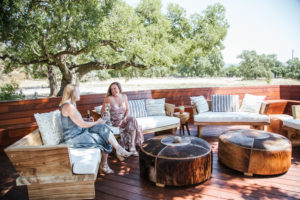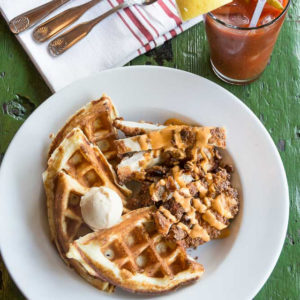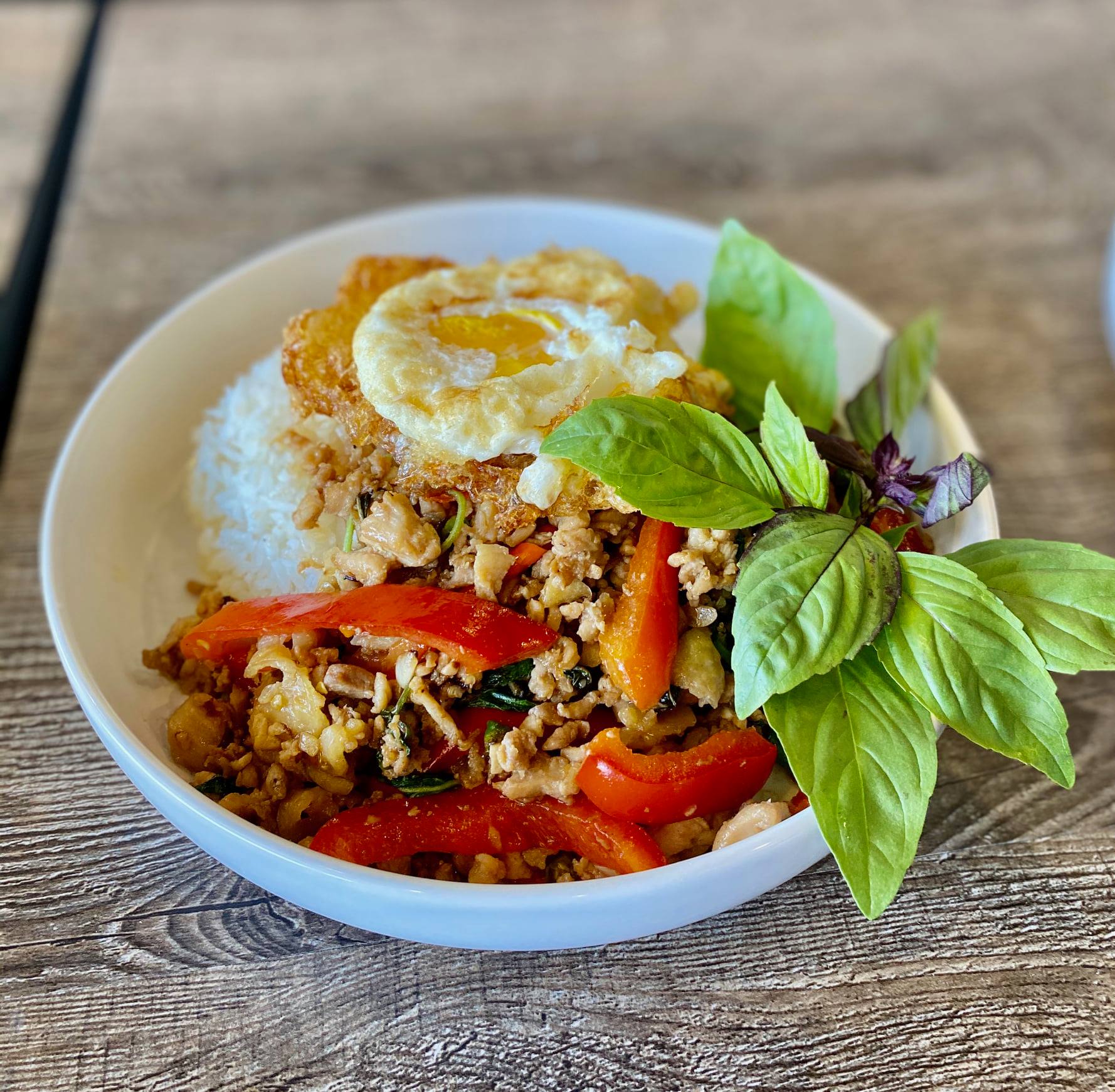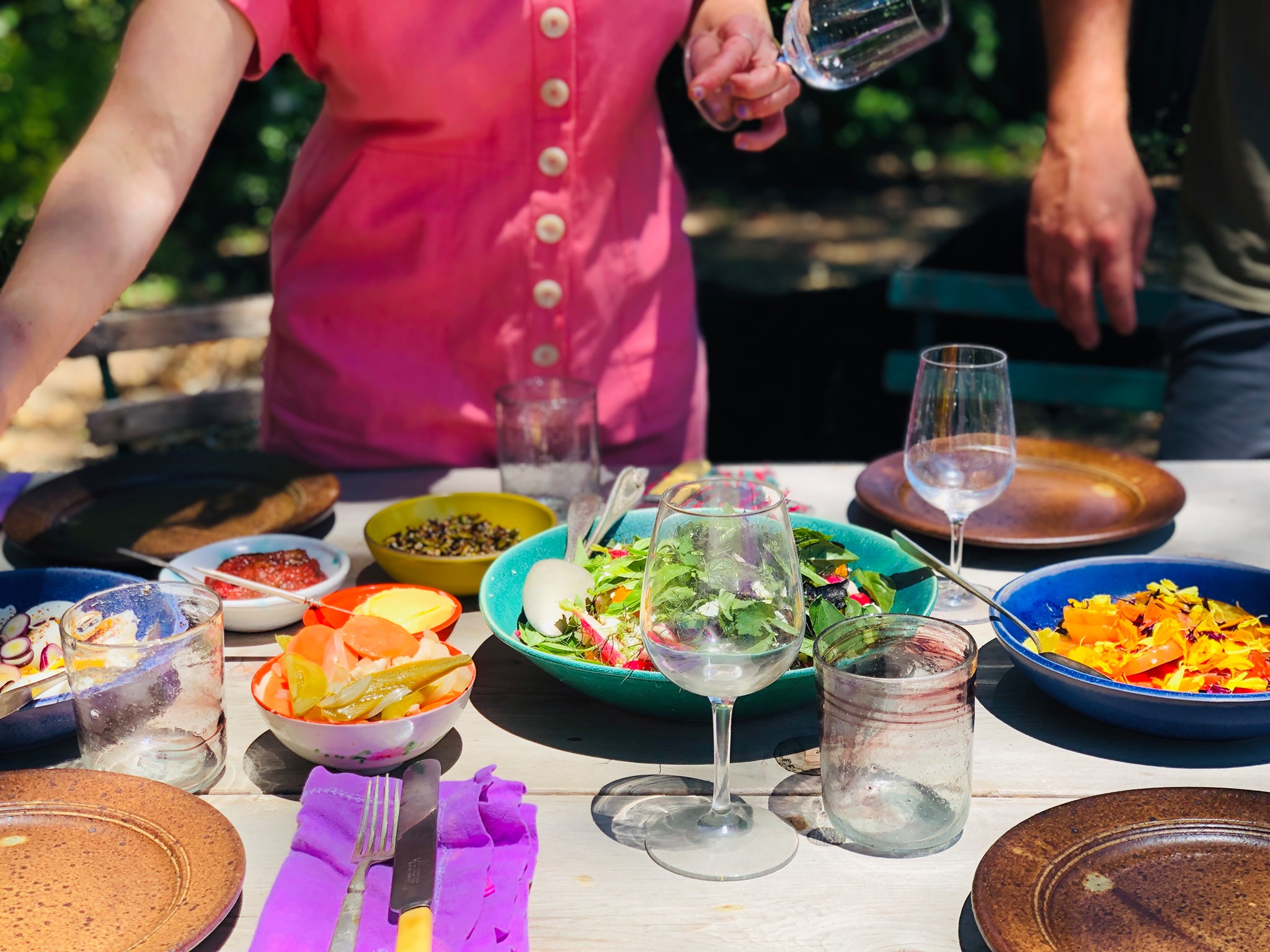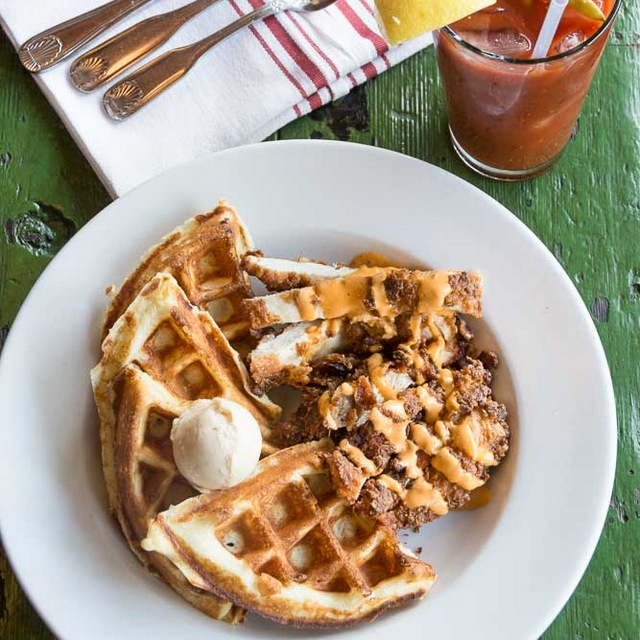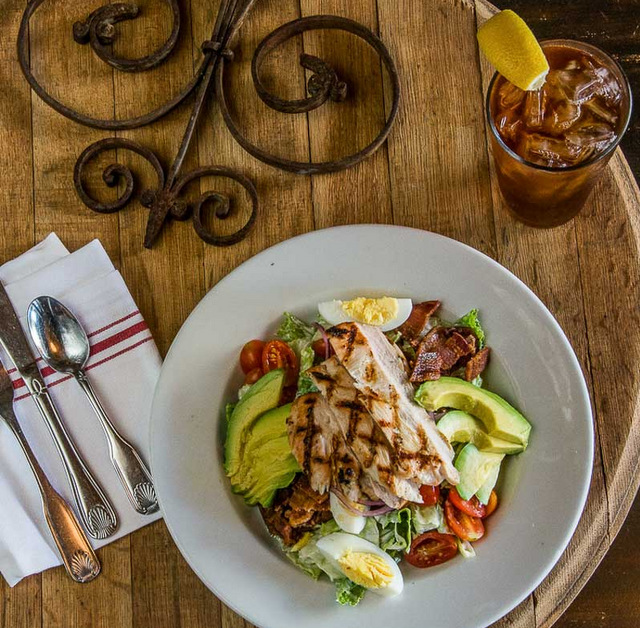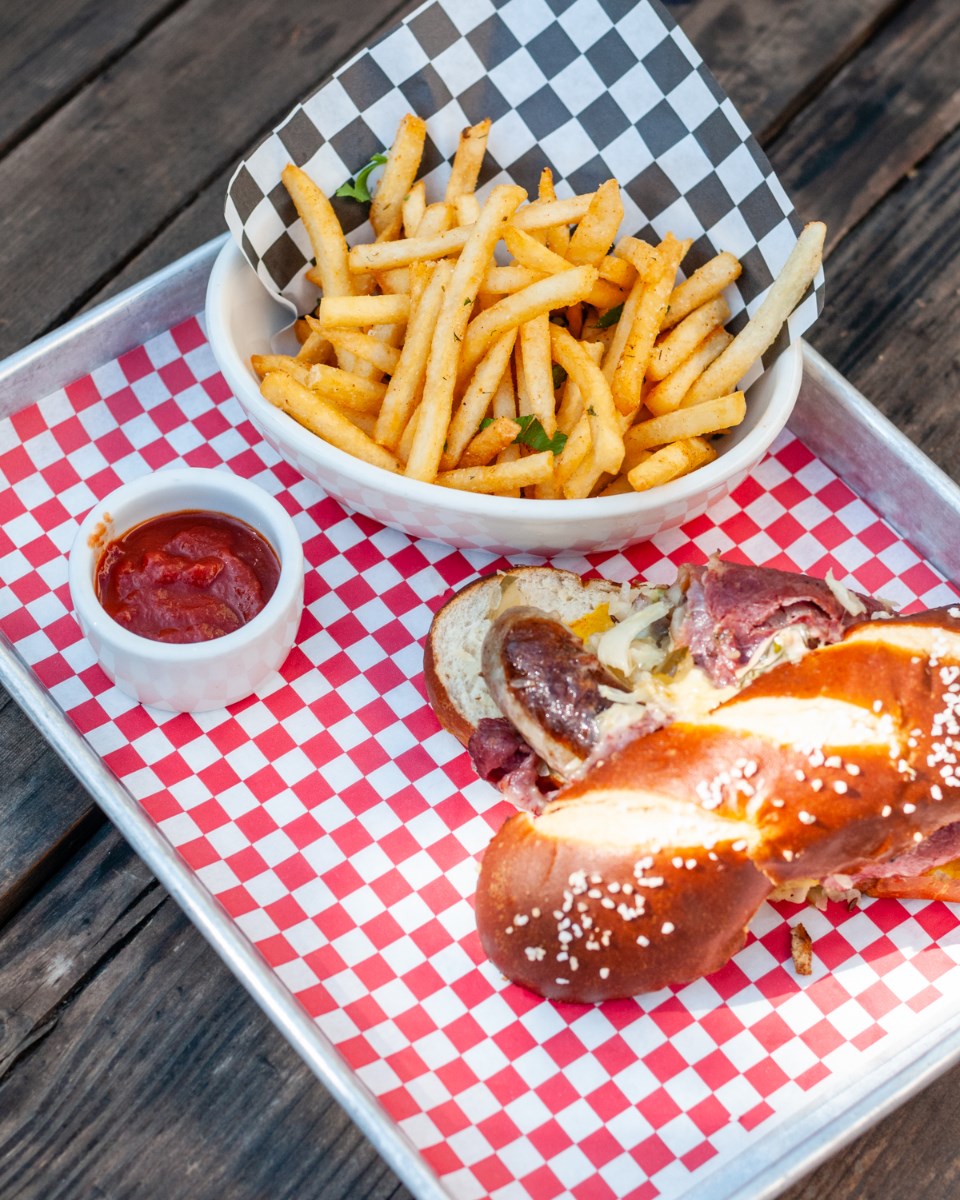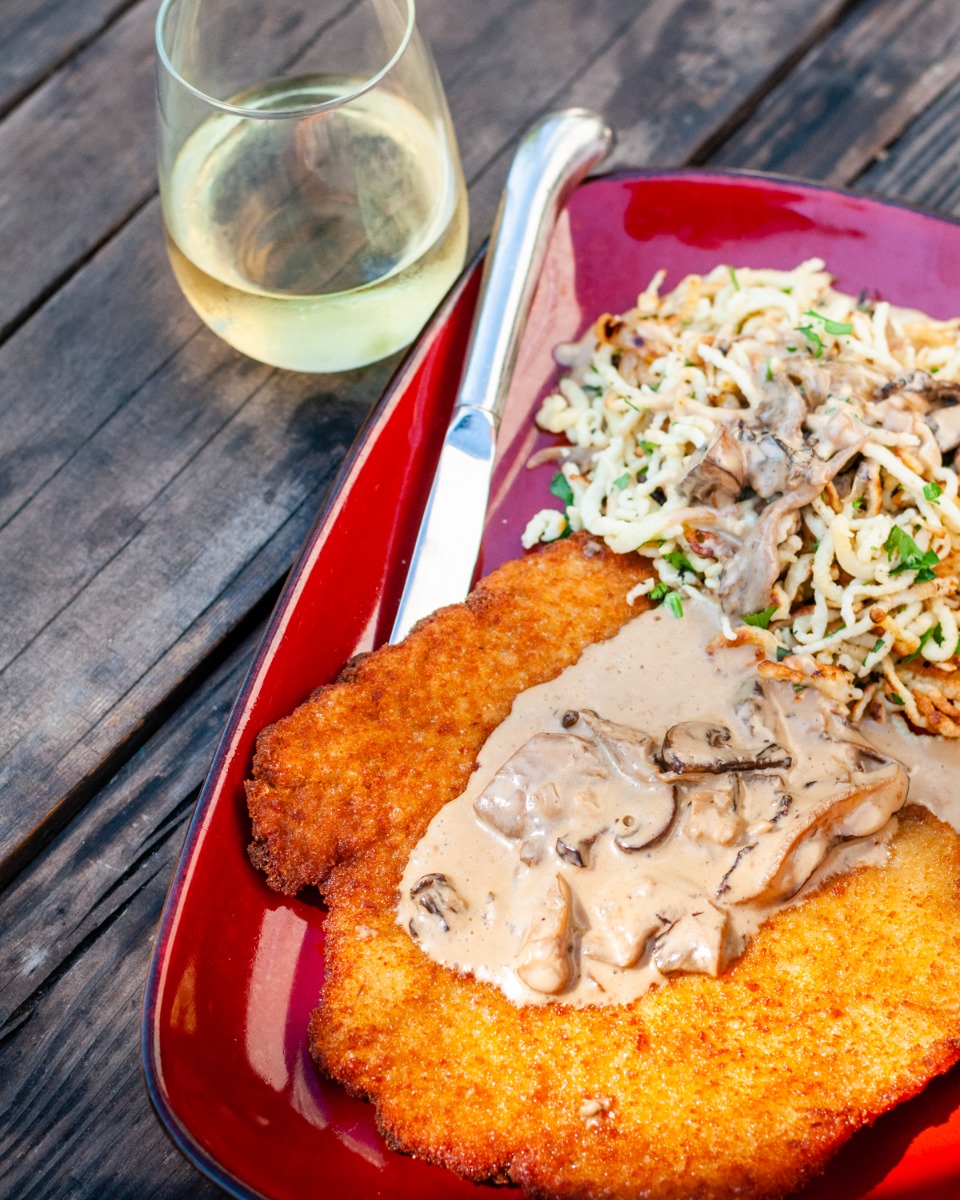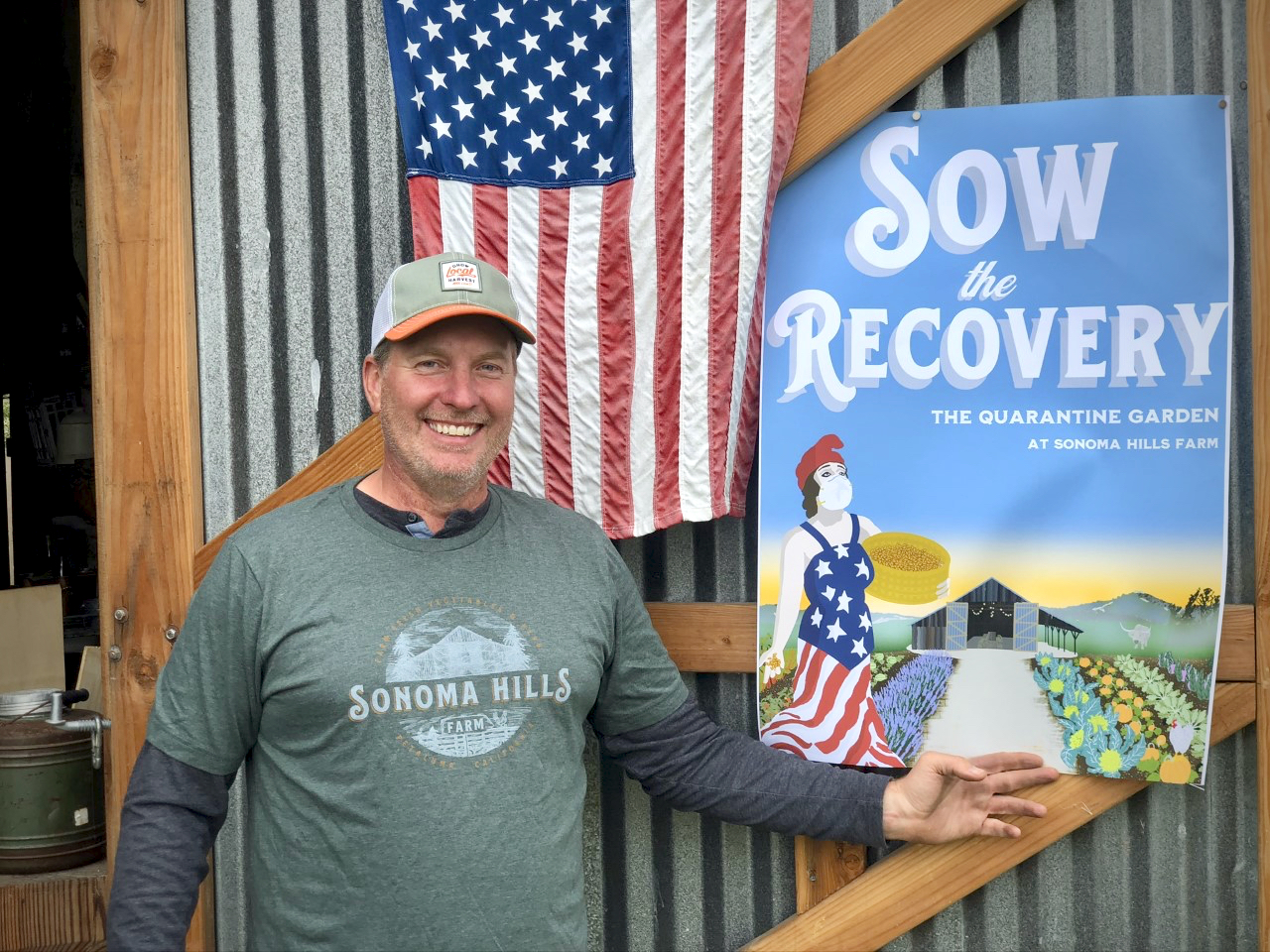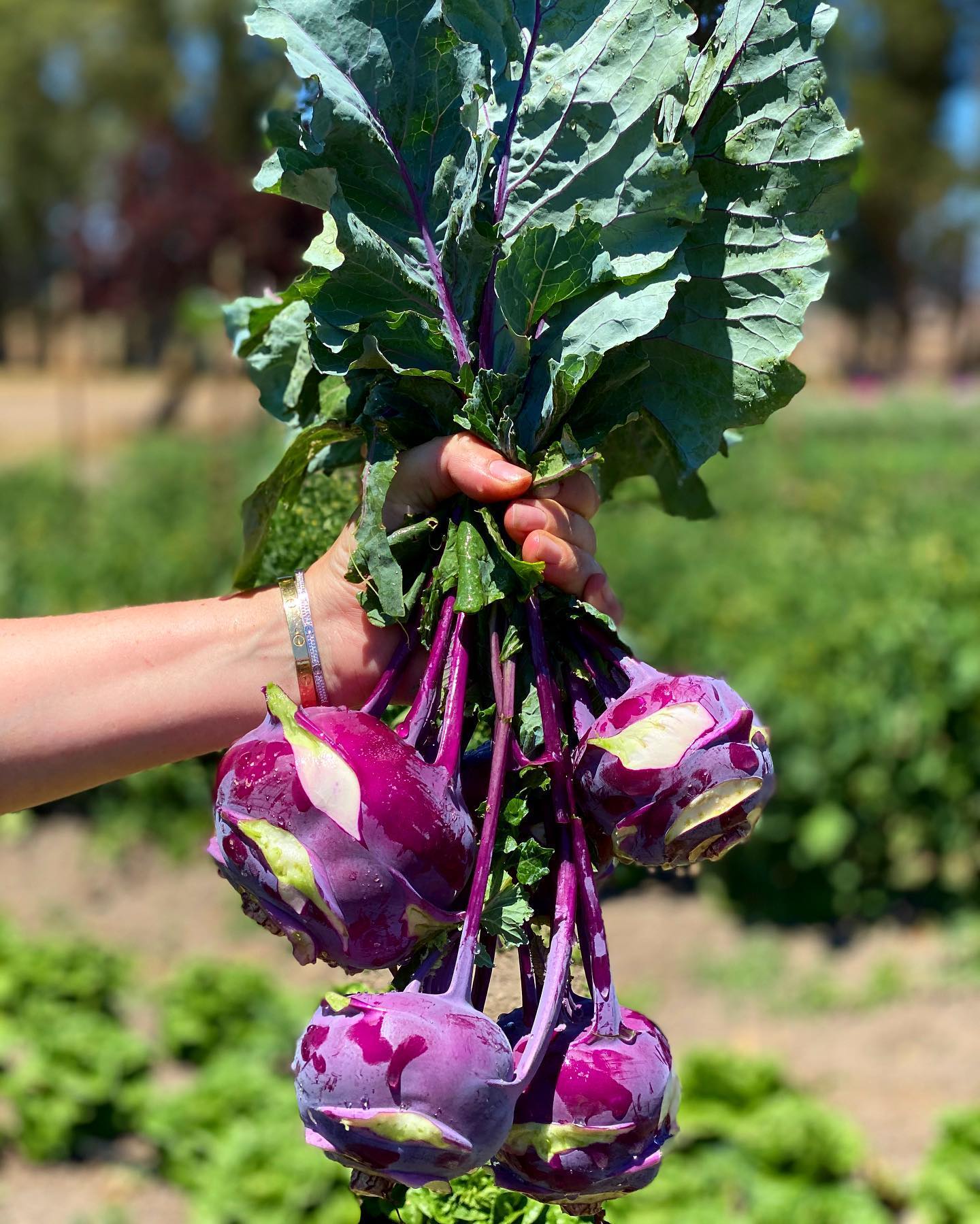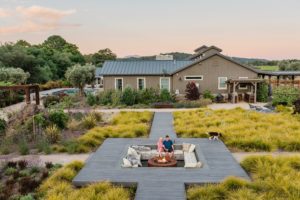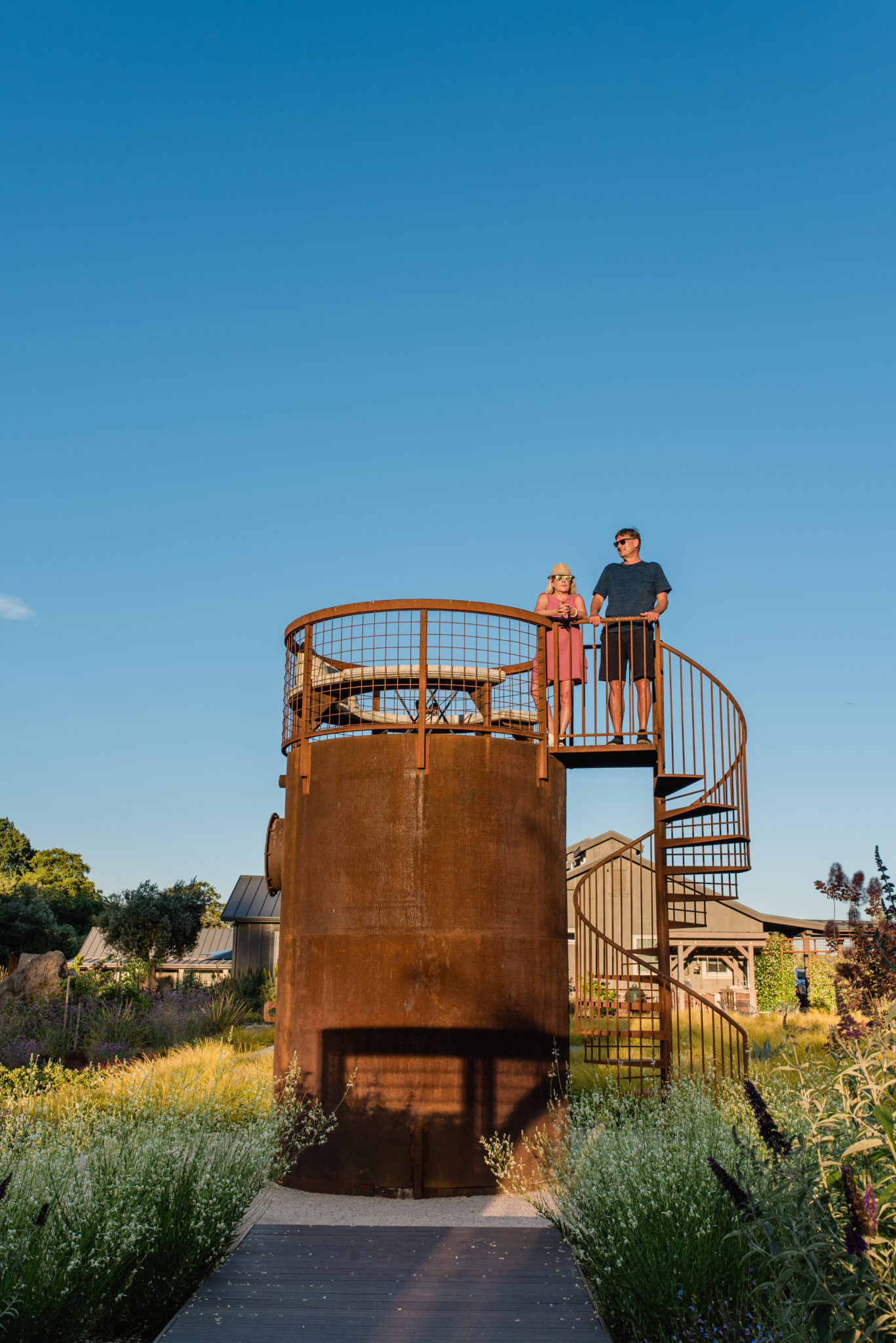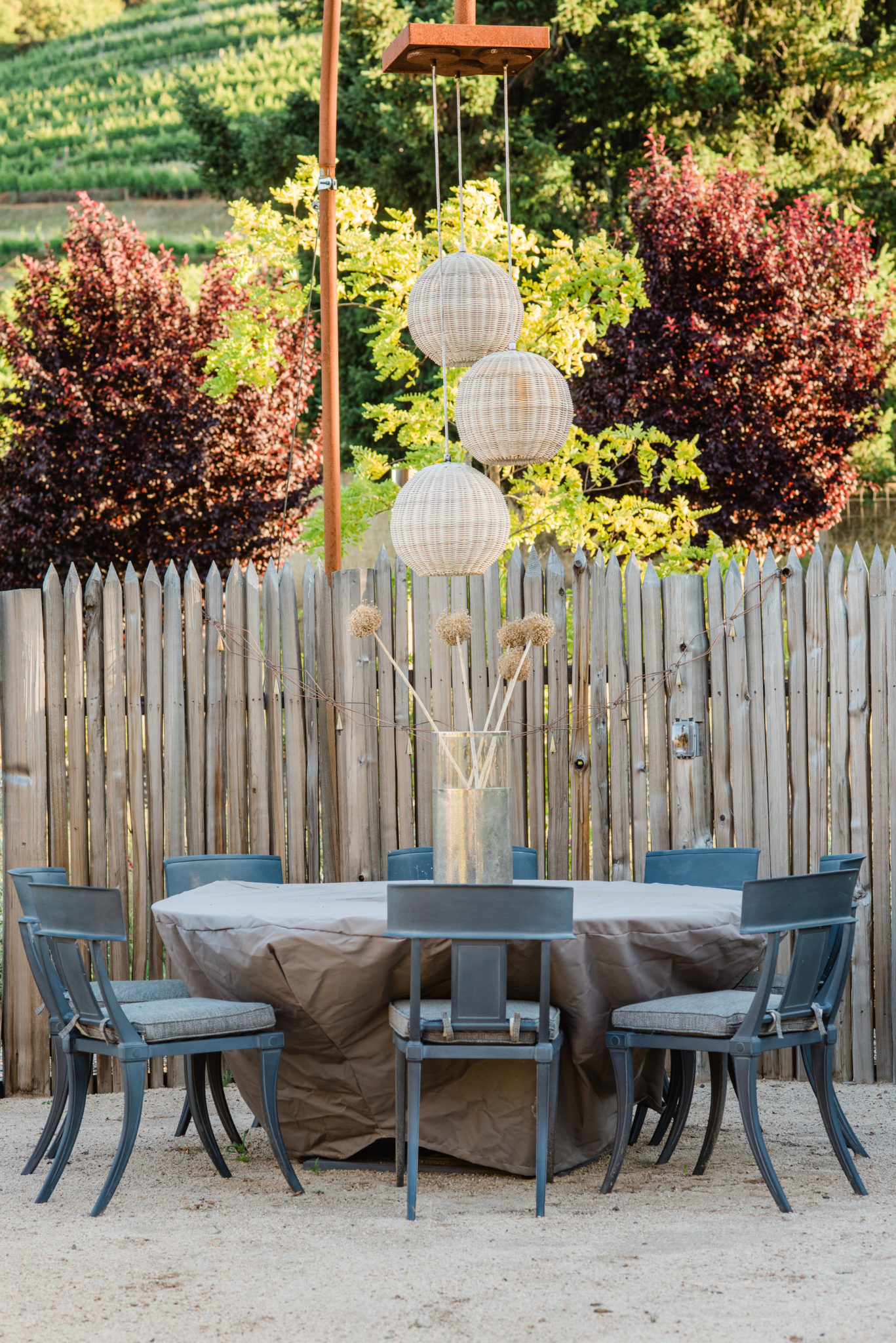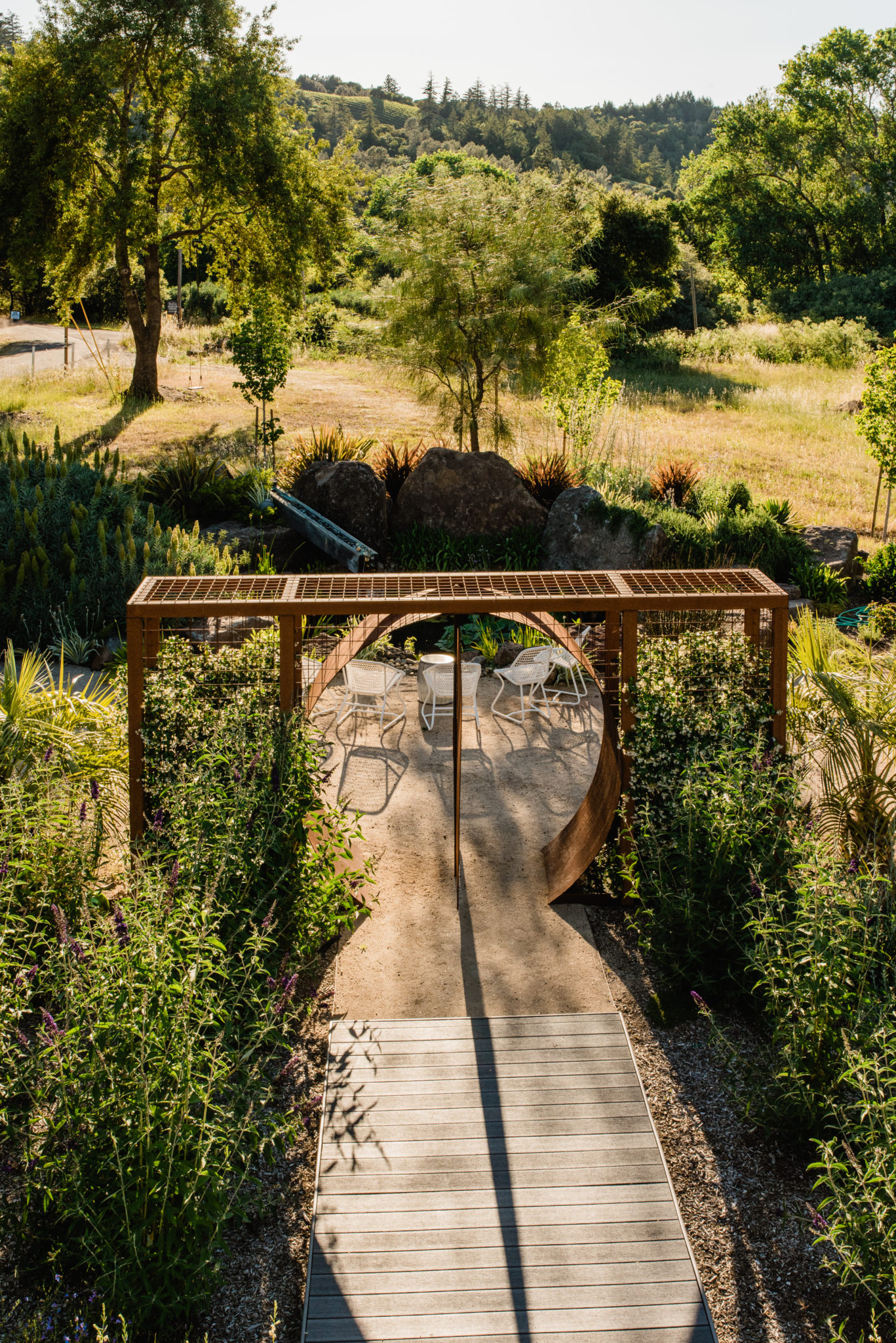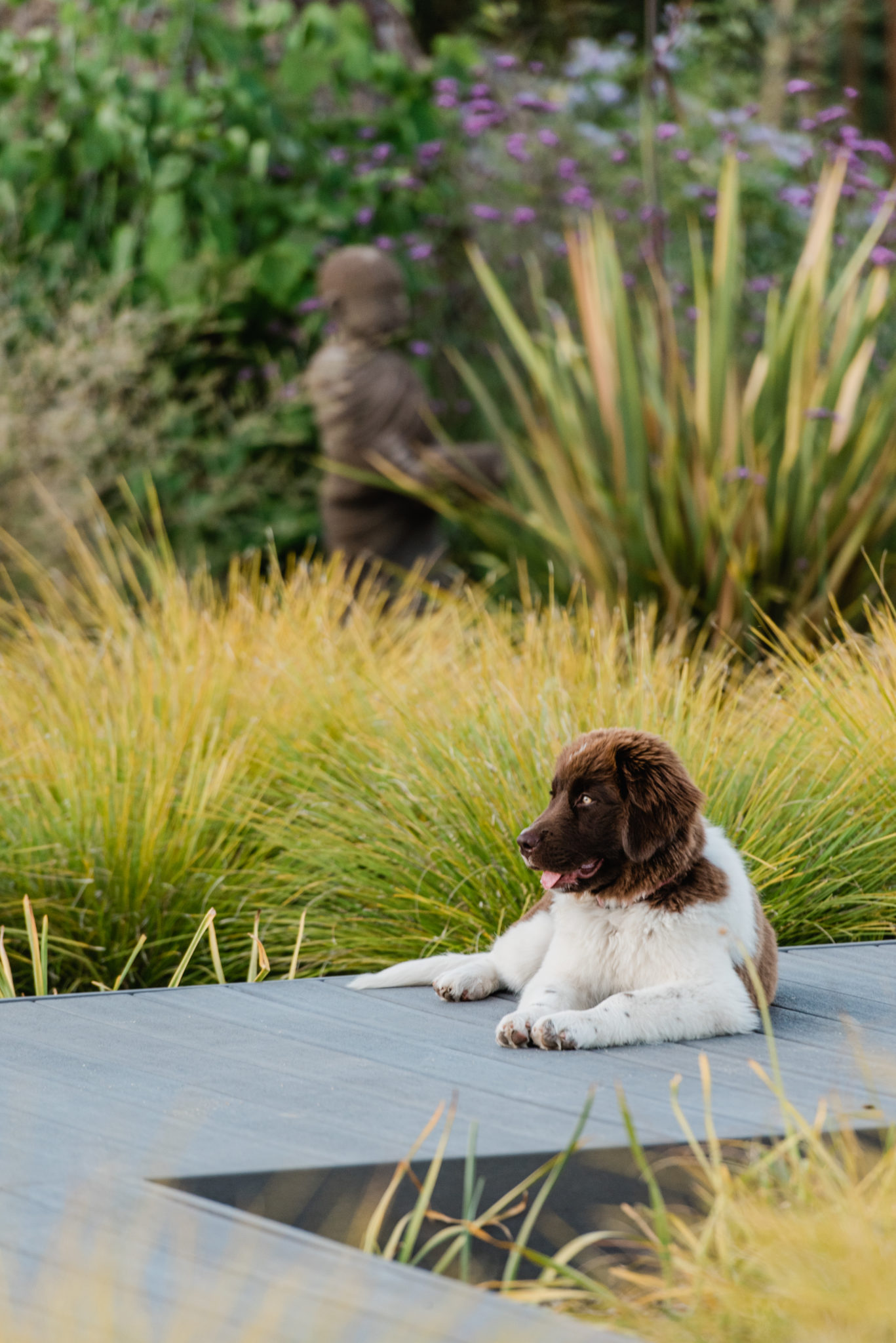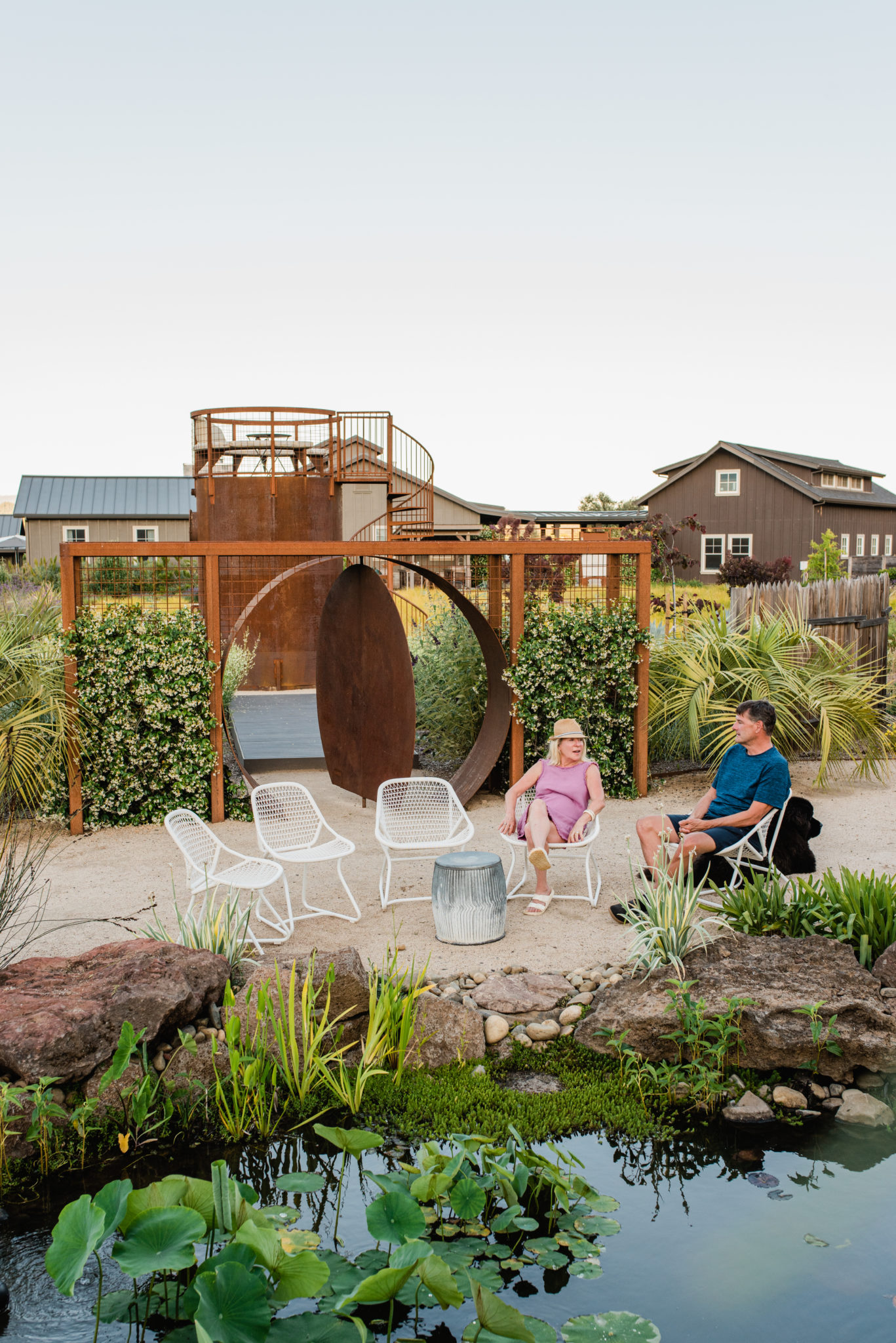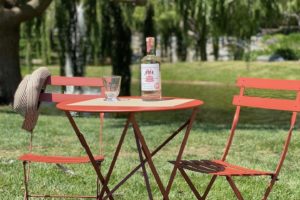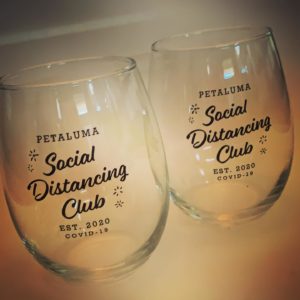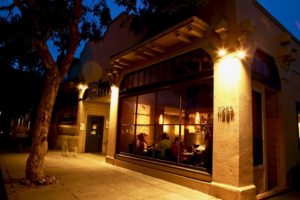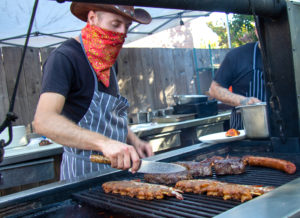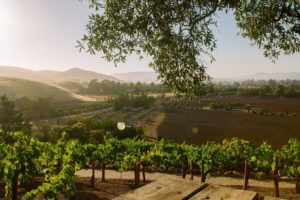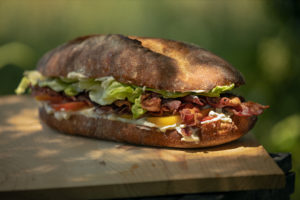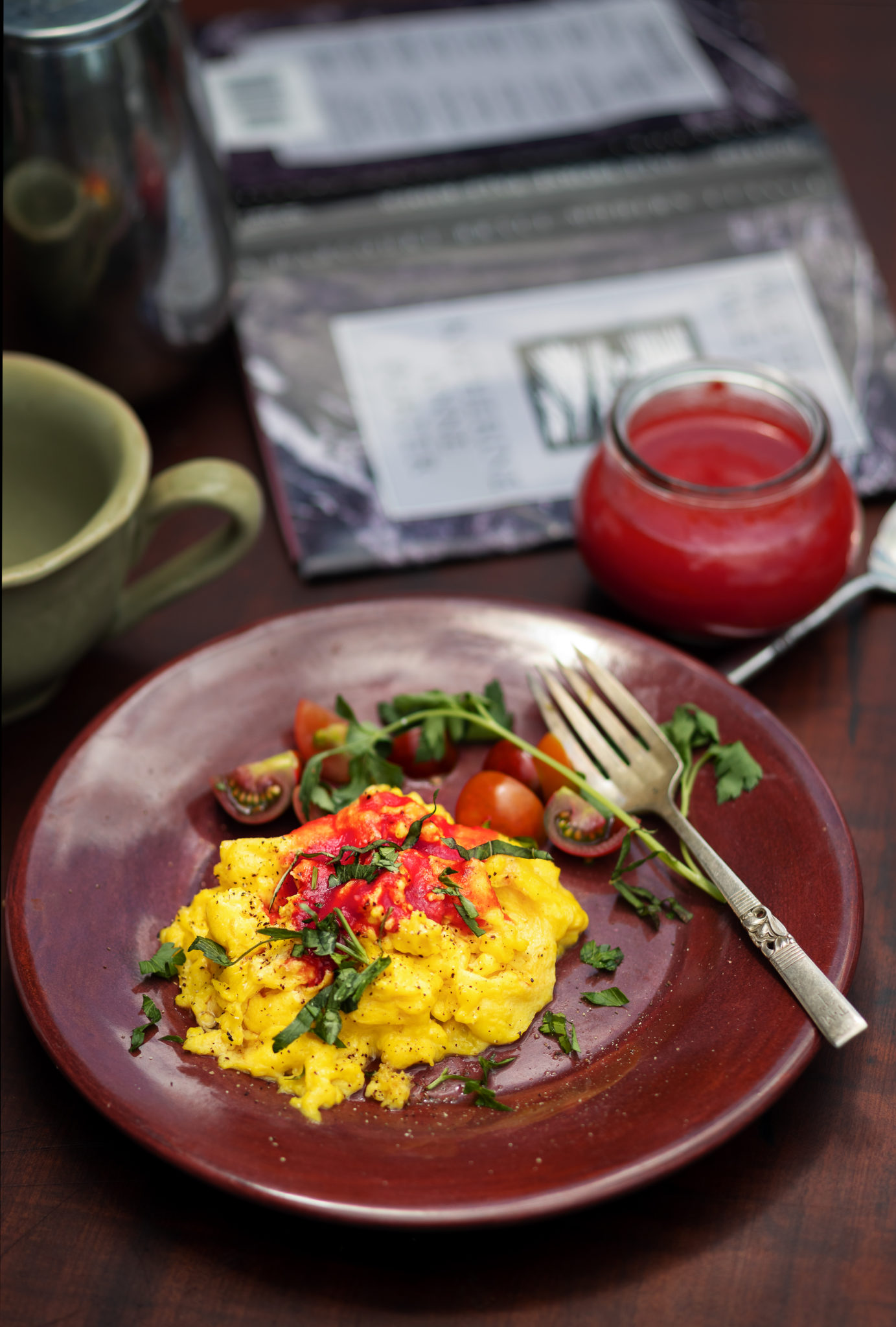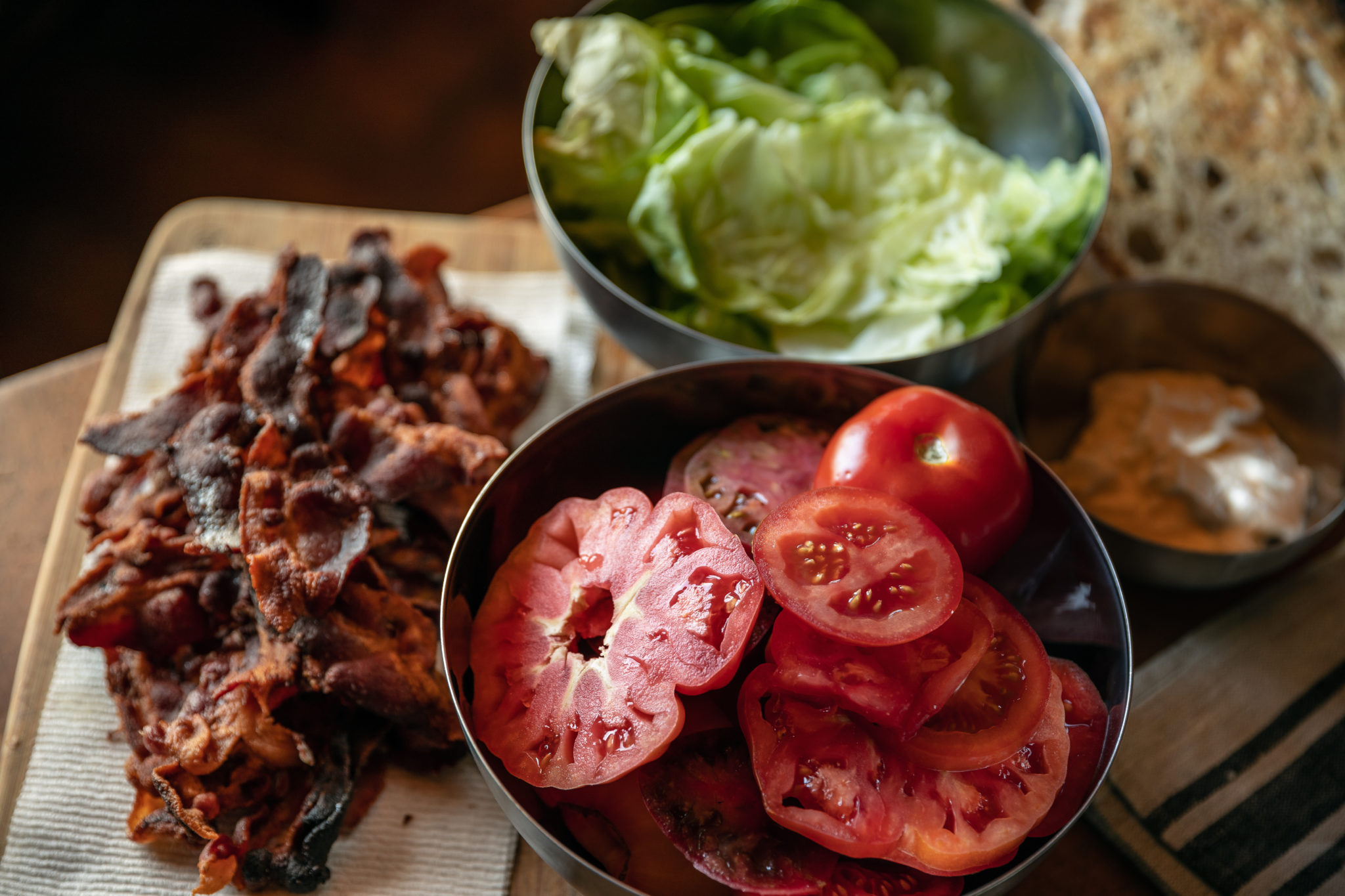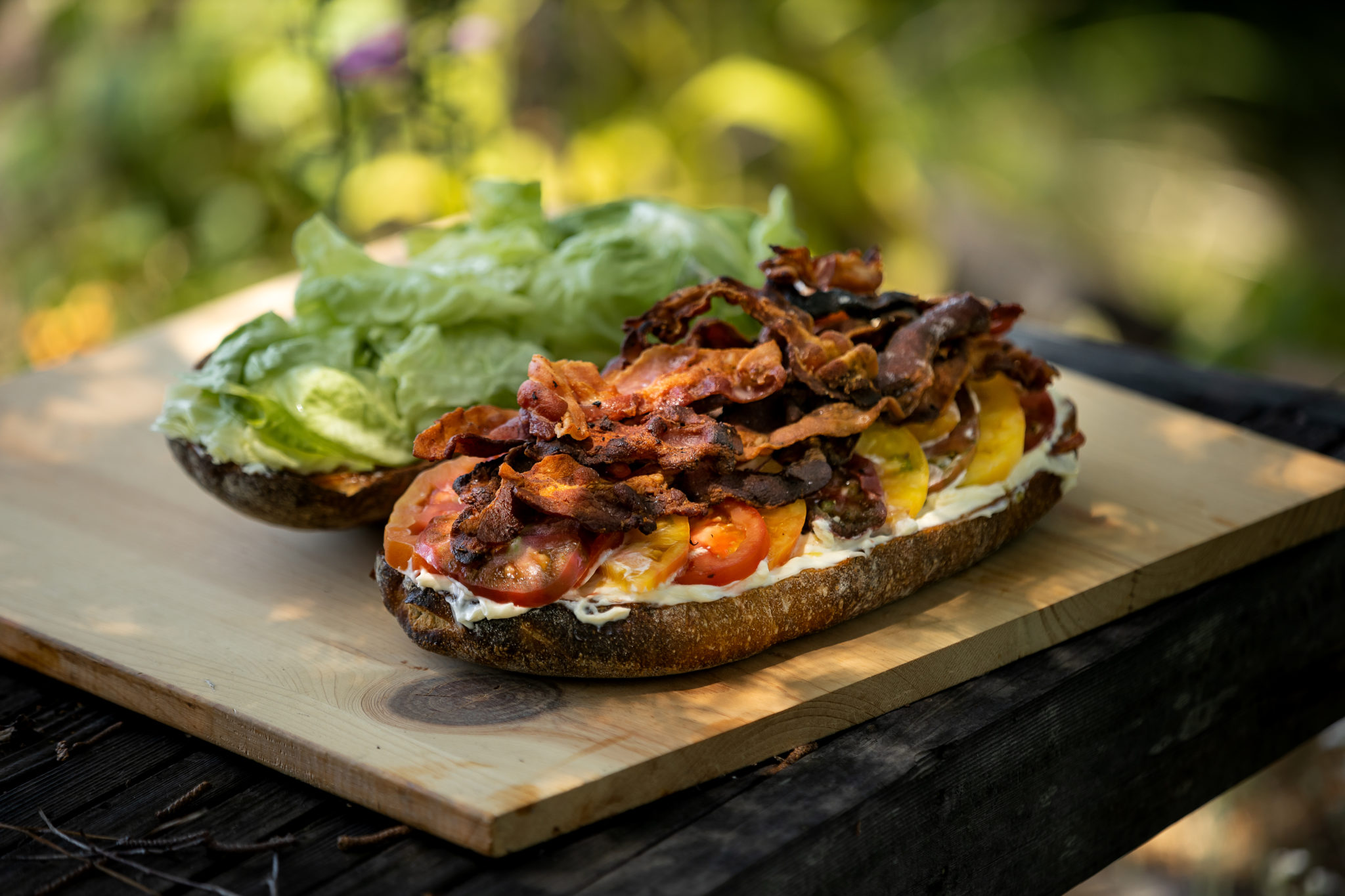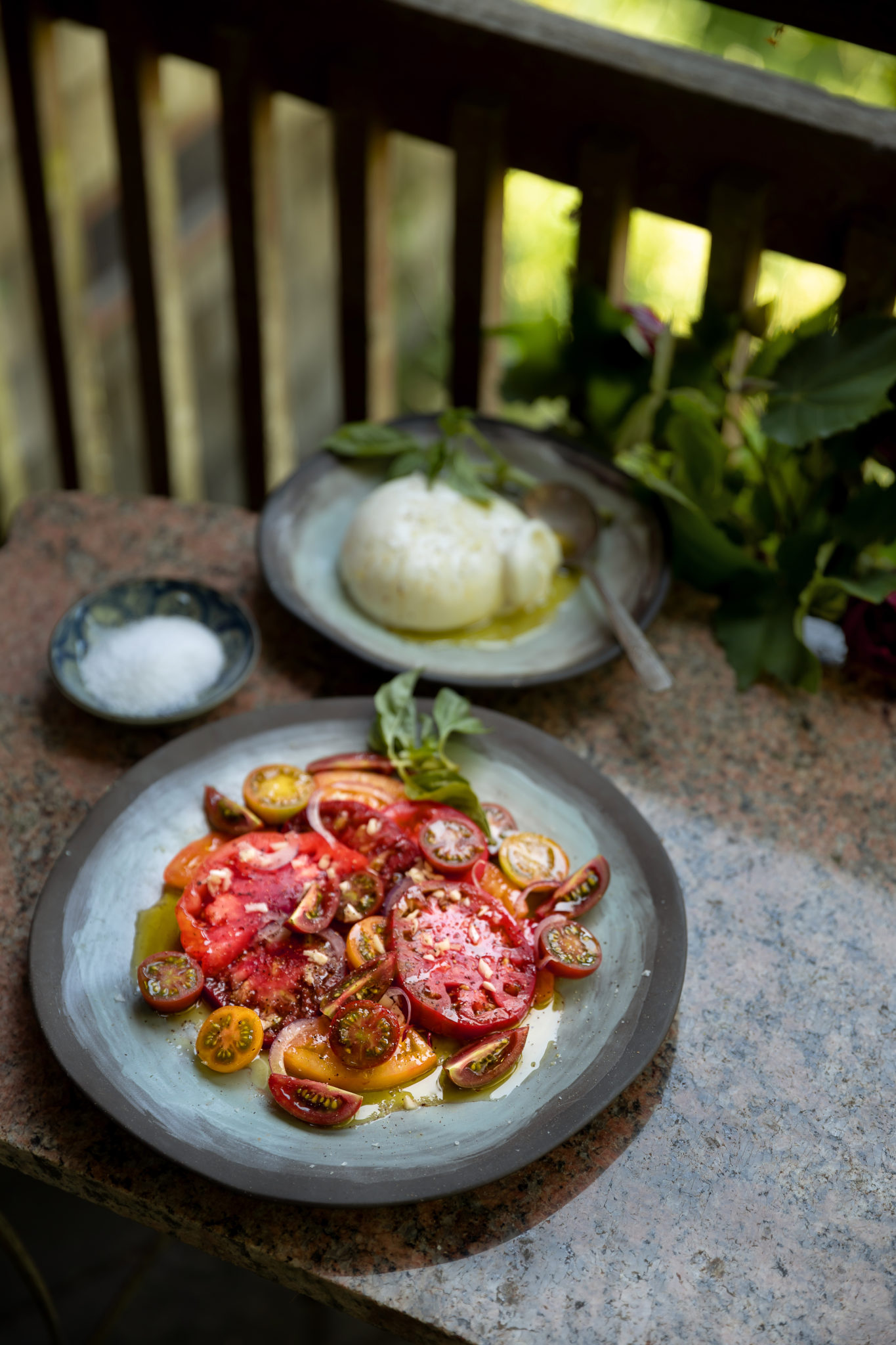Reliable Sonoma sunshine and warmth work wonders for ripening wine grapes from August through October. Yet the same conditions aren’t always enjoyed by humans, some of whom can melt under exposure to UV rays and high temperatures. Air-conditioned tasting rooms have allowed folks to sip in soothing surroundings in summer, but with indoor tastings once again prohibited after another round of COVID-19 restrictions, we’re back to sipping wine outdoors.
Wine cave experiences are out, as are cellar tours and the swimming pools at Francis Ford Coppola Winery. It’s now down to umbrella-covered patios, picnic tables shaded by oaks and redwoods, and daily breezes and fog from the ocean, bay and river, to keep wine tasters chill in the heat. Some wineries employ water misters to keep guests cool (the Centers for Disease Control reported there is no evidence that COVID-19 spreads through water, although fans are a no-no).
It’s not just winery guests who can benefit from some temperature control — wines are affected by temperature, too. In general, wines served too cold show muted aromas and flavors. Those served too warm lack freshness and verve. Depending on the varietal, serving recommendations range from 50 degrees F for white wines to 60 degrees F for big reds.
Kim Carlson, senior manager of hospitality and retail sales at Gundlach Bundschu winery in Sonoma, said that each outside tasting location on the property — there are several on this expansive estate, including the Arbor Bar, Vista Courtyard and Donkey Bar — has two wine refrigerators, one for white wines and one for reds, their temperatures calibrated for the optimum tasting experience.
“We want to show each wine in the best way,” she said. “We’ve always had large outdoor experiences, including music festivals, with all the space we have. We’re geared to outdoor tastings.”
If you’re hot to taste Sonoma wine this summer, be sure to make an appointment. Wear brimmed hats and light-colored clothing that’s loose-fitting and breathable. Arrive well-hydrated and sip as much water as you do wine once seated. And consider visiting these five Sonoma wineries, which offer respites from that same sun and warmth that make winegrowing possible here.
Gundlach Bundschu Winery
This family-owned winery has farmed its Rhinefarm estate in Sonoma Valley for 160-plus years. “GunBun” has a reputation for offering good times and good wines, with its gewurztraminers, chardonnays and merlots earning acclaim; its music festivals and multiple tasting sites – outdoors and in – command a devoted following.
The winery is located in the southern end of Sonoma Valley, influenced by breezes that blow from San Pablo Bay from the south and the Petaluma Gap from the west. These conditions, and multiple outdoor seating spaces under shade and near ponds, make GunBun an ideal place to taste wine in summer. Open Thursday-Sunday, 11 a.m.-5 p.m., tasting prices vary by experience.
2000 Denmark Street, Sonoma, 707-938-5277, gunbun.com
Keller Estate Winery
The same wind-tunnel effect that defines the Petaluma Gap winegrowing region keeps this winery, located east of Petaluma, cool and comfy on a typical summer day. Mornings are crisp and the vines are blanketed by fog. The sun burns off the fog and temperatures rise, but by mid-afternoon, brisk breezes arrive, leading to the return of evening fog. Grapes embrace the cool conditions, developing intense flavors with ideal levels of acidity; visitors appreciate not only Keller’s fine chardonnays, pinot noirs and syrahs, but also the escape from the heat.
Estate manager Ana Keller and her staff welcome guests on Fridays and Saturdays, by appointment, at 10:30 a.m., 1 p.m. and 3 p.m. The alfresco Estate Visit ($40) includes a guided walking tour, with wine, of the vineyards, olive groves and artworks, among them a sculpture of Keller’s father, winery founder and classic car collector Arturo Keller. The 90-minute session ends with an outdoor seated tasting.
5875 Lakeville Highway, Petaluma, 707-765-2117, kellerestate.com
Korbel California Champagne
Venture to Guerneville, where the temperatures are cooler than the interior valleys, thanks to its proximity to the Pacific Ocean and the Russian River. The gardens are a treasure, and the tasting experience on the outdoor deck is a fine value. Korbel produces sparkling wines using Champagne methods, which include secondary fermentation in the bottle that creates the bubbles and complexity in sparkling wines.
The winery, which also bottles still wines and brandy, was established in 1882 and is allowed to label its sparklers as “California Champagne,” even though the Champagne term is otherwise limited to wines made in the Champagne region of France. The fee is a modest $10 to taste five wines, $5 for four wines and complimentary for three wines. The Brut Rosé is a personal favorite and a refreshing sipper; it’s also a fine foil for the sandwiches and salads sold in the Korbel deli, which is open to anyone. For those with a sweet tooth, semisweet and sweet sparklers are also offered. Open daily, 10 a.m.-4 p.m.
13250 River Road, Guerneville, 707-824-7319, korbel.com
Seghesio Family Vineyards
Appropriately situated on Grove Street, five blocks northwest of Healdsburg’s downtown, Seghesio boasts a real, honest-to-goodness grove in front of the tasting room, with oaks, magnolias and other mature foliage offering plenty of shade throughout the day. As the sun moves from late morning through late afternoon, the distanced tables, chairs, umbrellas and old-fashioned picnic tables offer various sun and shade exposures, so that there is the ideal seating location for anyone, from sun-seeker to the sun-sensitive.
Founded 125 years ago, Seghesio is known for its old-vine zinfandels, Italian-style white and red wines, and a reintroduction this year of a bright, juicy chardonnay. The arneis and vermentino whites will wet any whistle. Open Thursday-Sunday, 10:30 a.m.-5 p.m., for seated outdoor tastings. $25.
700 Grove Street, Healdsburg, 707-433-3579, seghesio.com
Three Sticks Wines
Owner William Price III painstakingly restored and furnished the historic (1842) Vallejo-Casteñada Adobe residence as the tasting room for his Three Sticks chardonnays, pinot noirs and Rhone varietal wines. With all Sonoma winery visits now outdoors, the inviting patio is even more welcoming, with several shaded tasting spaces, a side garden and a large covered table for physically distanced groups. Water misters help mitigate any heat. The rear parking lot has been converted to a tasting area, with furniture from local design and rental firm The Copper Rose, blending beautifully with the Adobe’s interior and exterior. A large shade structure has also been added.
The wines are superb — don’t miss those from Price’s Durell and Gap’s Crown vineyards — and the $50-per-person tasting, with charcuterie and cheese, can be enhanced by a wine and food pairing, for $85.
143 W. Spain Street, Sonoma, 707-996-3328, threestickswines.com


